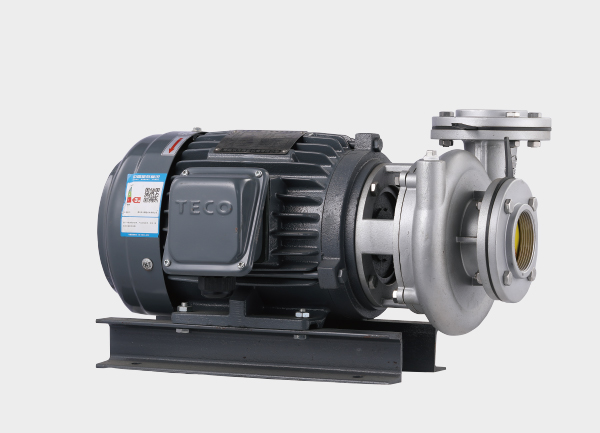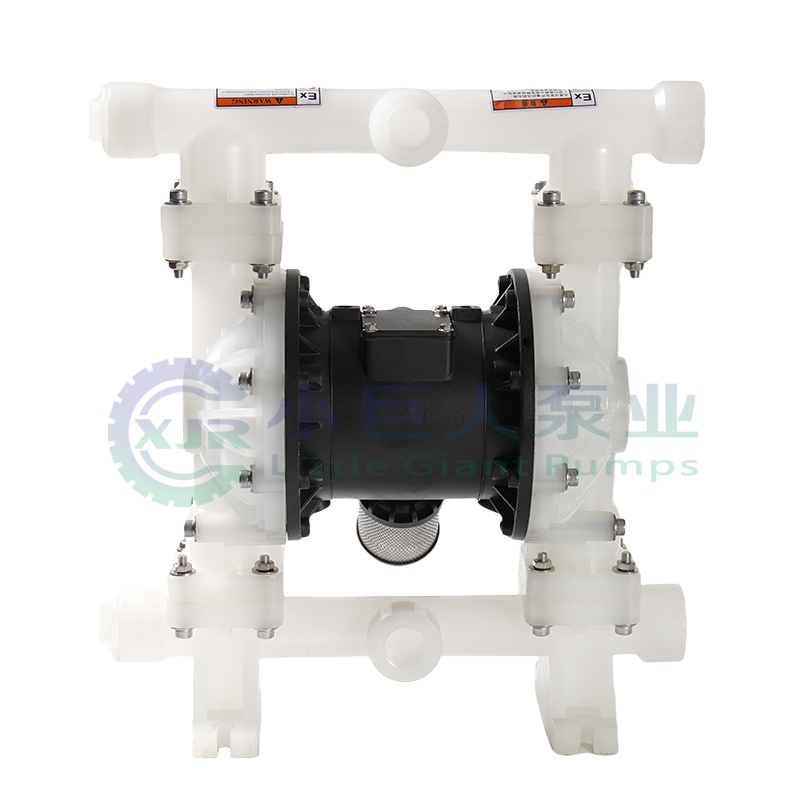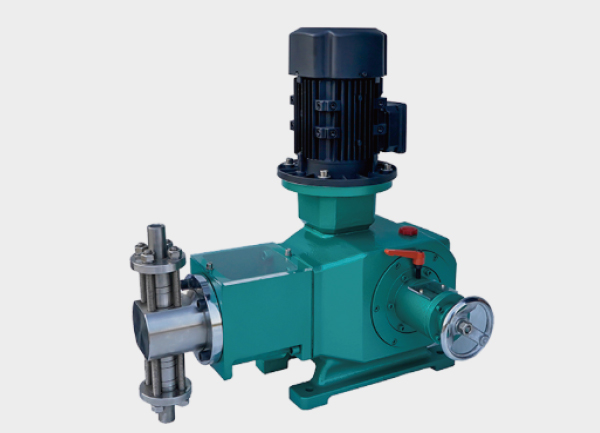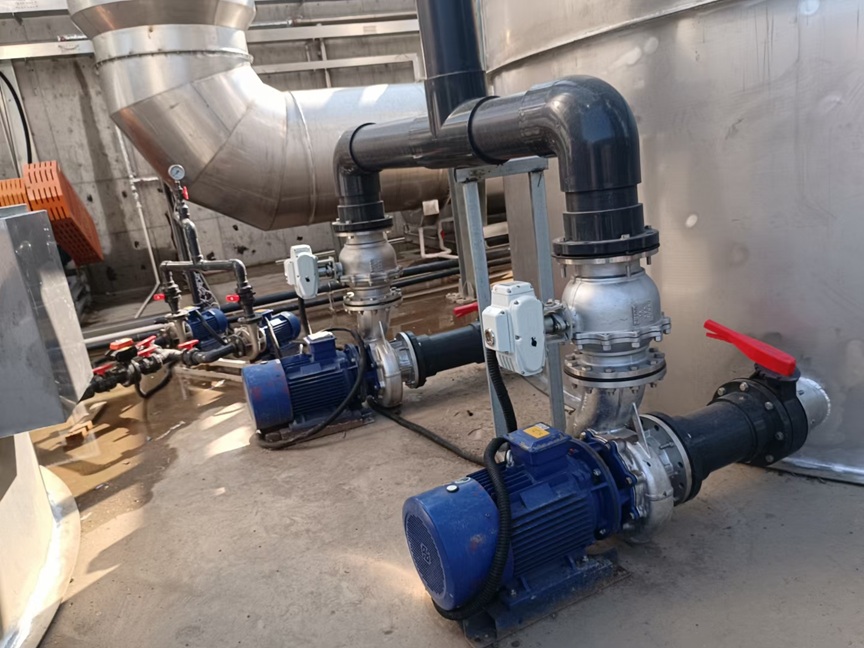Magnetic drive pumps (mag drive pumps) are seal-less centrifugal pumps driven by magnetic coupling. Their greatest advantage is “zero leakage”, making them ideal for handling flammable, explosive, toxic, or corrosive liquids.
However, during long-term operation, issues may occur due to fluid characteristics, improper operation, or insufficient maintenance.
This guide summarizes common failures, maintenance best practices, and selection mistakes — with practical causes and solutions.
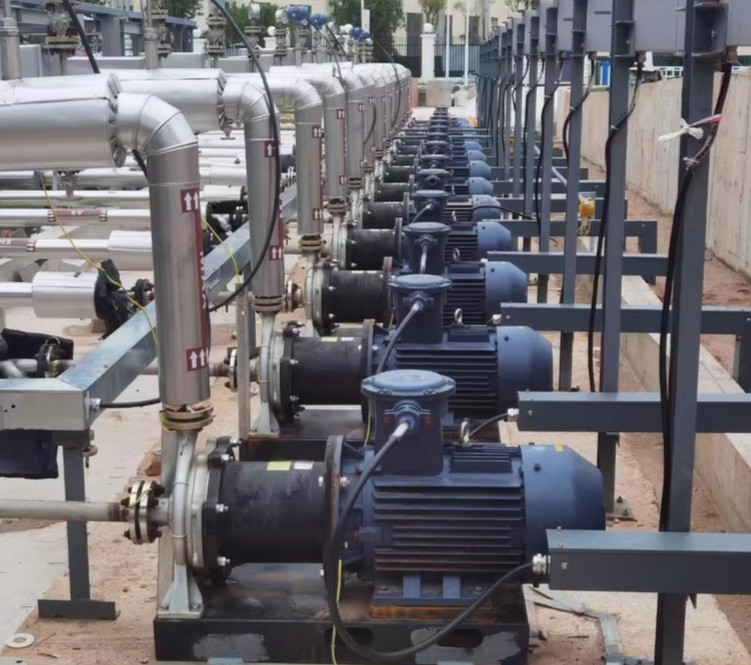
I. Common Failures and Solutions
1. Problem: Pump Not Priming / Insufficient Flow
This is the most frequent issue with magnetic drive pumps. The main cause is no liquid at the suction end or magnetic coupling failure.
Check the following possible causes:
| Possible Cause | Solution |
|---|---|
| Air leakage in suction line (loose flange, valve not fully closed) | ① Close the discharge valve and fill the pump chamber with liquid (vent air); ② Inspect suction line flanges and joints, replace worn seals; ③ Ensure the suction tank level is higher than pump inlet to prevent air lock. |
| Impeller blockage (solids or crystallization) | ① Stop the pump and clean the impeller passages; ② For crystallizing media, install a heating jacket (e.g., steam tracing); ③ Add a strainer at the inlet (mesh ≤ minimum impeller passage). |
| Magnetic coupling demagnetized (due to overload or overheating) | ① Check outlet pressure and ensure it doesn’t exceed rated head; ② Measure liquid temperature — if it exceeds magnetic steel limits (typically ≤120°C, up to 280°C for high-temp types), replace with high-temperature magnets; ③ If demagnetization occurs, replace the magnetic coupling assembly. |
| Pump running backward (motor wiring error) | Stop the pump and swap any two motor leads. Ensure the rotation direction matches the nameplate (CW / CCW). |
2. Problem: Excessive Noise or Vibration
Noise and vibration usually result from mechanical friction or misalignment. Inspect the following:
Cause 1: Bearing Wear
Mag drive pumps use sliding bearings (made of silicon carbide or silicon nitride) lubricated by the liquid itself. Low-viscosity, low-flow, or contaminated fluids can cause dry friction.
Solutions:
① Check viscosity — if <20 cSt, use wear-resistant bearings;
② Ensure flow ≥30% of rated flow (avoid low-flow operation);
③ Clean the suction strainer and replace worn bearings.
Cause 2: Misalignment Between Pump and Motor
If axial misalignment >0.1 mm, the magnetic coupling will vibrate.
Solutions:
① Use a dial gauge to check alignment (radial runout ≤0.05 mm, axial runout ≤0.03 mm);
② Retighten base bolts evenly to eliminate looseness.
Cause 3: Damaged Containment Shell (Isolation Sleeve)
This metal barrier (stainless steel or Hastelloy) separates the liquid chamber from the magnets. Corrosion, cavitation, or scratches can cause cracks, letting liquid enter the magnet chamber.
Solutions:
① Inspect and replace cracked or perforated sleeves;
② If the fluid contains gas, install an air vent at the suction side to prevent cavitation.
3. Problem: Pump or Magnet Chamber Overheating
Excess heat mainly results from eddy current losses or mechanical friction. Prolonged overheating can demagnetize magnets or damage bearings.
Main Causes:
Running dry (no liquid cooling)
Flow too low (insufficient lubrication)
Inappropriate containment shell material (corroded or too thin)
Solutions:
Never run dry: Always fill the pump before startup. Stop immediately if the tank level drops too low.
Maintain proper flow: Operate at 70–120% of rated flow; avoid throttling for long periods.
Replace containment shell: For corrosive media (e.g., HCl, HNO₃), use Hastelloy or titanium sleeves to minimize corrosion and eddy current loss.
4. Problem: Static Seal Leakage
Although mag drive pumps have no dynamic seals (mechanical seal), static seals (O-rings) may still leak.
| Leak Cause | Solution |
|---|---|
| Aged or incompatible seal material | Use O-rings suitable for the medium: NBR for oil, FKM (Viton) for strong chemicals. Replace every 6–12 months. |
| Uneven bolt tightening / flange distortion | Tighten bolts diagonally and evenly. Avoid over-tightening. Inspect flange surfaces and replace if deformed. |
II. Key Maintenance Guidelines
Proper maintenance directly determines the service life of a magnetic drive pump. Focus on the following:
1. Fluid Filtration
Always install an inlet strainer (80–120 mesh depending on impurity level) to protect bearings and impellers from solids.
2. Avoid Dry Running and Deadheading
Dry running ≤30 seconds: Without liquid lubrication, bearing temperature can exceed 200°C within a minute, causing magnet demagnetization and bearing seizure.
Deadhead ≤5 minutes: A closed discharge valve rapidly increases pressure, possibly breaking the containment shell or causing magnetic slippage.
3. Regular Inspections (Every 3 Months)
Bearings: Rotate the shaft manually — if it feels rough or sticks, replace bearings.
Magnets: Check for rust, delamination, or moisture intrusion. Dry and reseal if contaminated.
Seals: Inspect O-rings for deformation or cracks; replace as needed.
4. Monitor Fluid Parameters
Regularly record temperature, viscosity, and corrosion levels.
Stop the pump if temperature exceeds magnet limits (>120°C for standard types).
Recalculate head and power if viscosity changes >20%.
III. Common Selection Mistakes and How to Avoid Them
Many failures start from improper pump selection. Avoid these three common mistakes:
Mistake 1: Ignoring Fluid Properties
Example: Using a stainless-steel mag drive pump for chloride-containing liquids (like seawater) → corrosion failure.
Correct: Match materials to medium properties (pH, solids, temperature, viscosity).
Strong acids (H₂SO₄, HNO₃): Use PVDF casing + Hastelloy sleeve
Slightly abrasive fluids: Use SiC impeller + reinforced bearings
High temperature (>120°C): Use SmCo magnets + metal sleeve
Mistake 2: Oversizing Head (“More is better”)
Consequence: Operating far below rated head increases flow, causing insufficient lubrication and magnet overload.
Correct: Rated head ≈ Required head × 1.1 (leave only 10% margin).
Mistake 3: Wrong Installation Height (Air Binding)
Example: Pump installed above the liquid level (e.g., suction from underground tank) → poor priming.
Correct: Keep suction lift ≤3 m (for water). For heavier liquids (e.g., sulfuric acid), lower installation height proportionally.
IV. Summary: Core Principles for Preventing Failures
Accurate Selection: Match pump materials and design to medium properties (corrosive, viscous, high-temp).
Proper Operation: Always prime before start-up; avoid dry running or long deadhead operation.
Timely Maintenance: Filter the liquid, inspect bearings, magnets, and seals regularly.
By following these guidelines, you can significantly reduce failure rates and extend the pump’s lifespan to 3–5 years or longer under proper maintenance.


